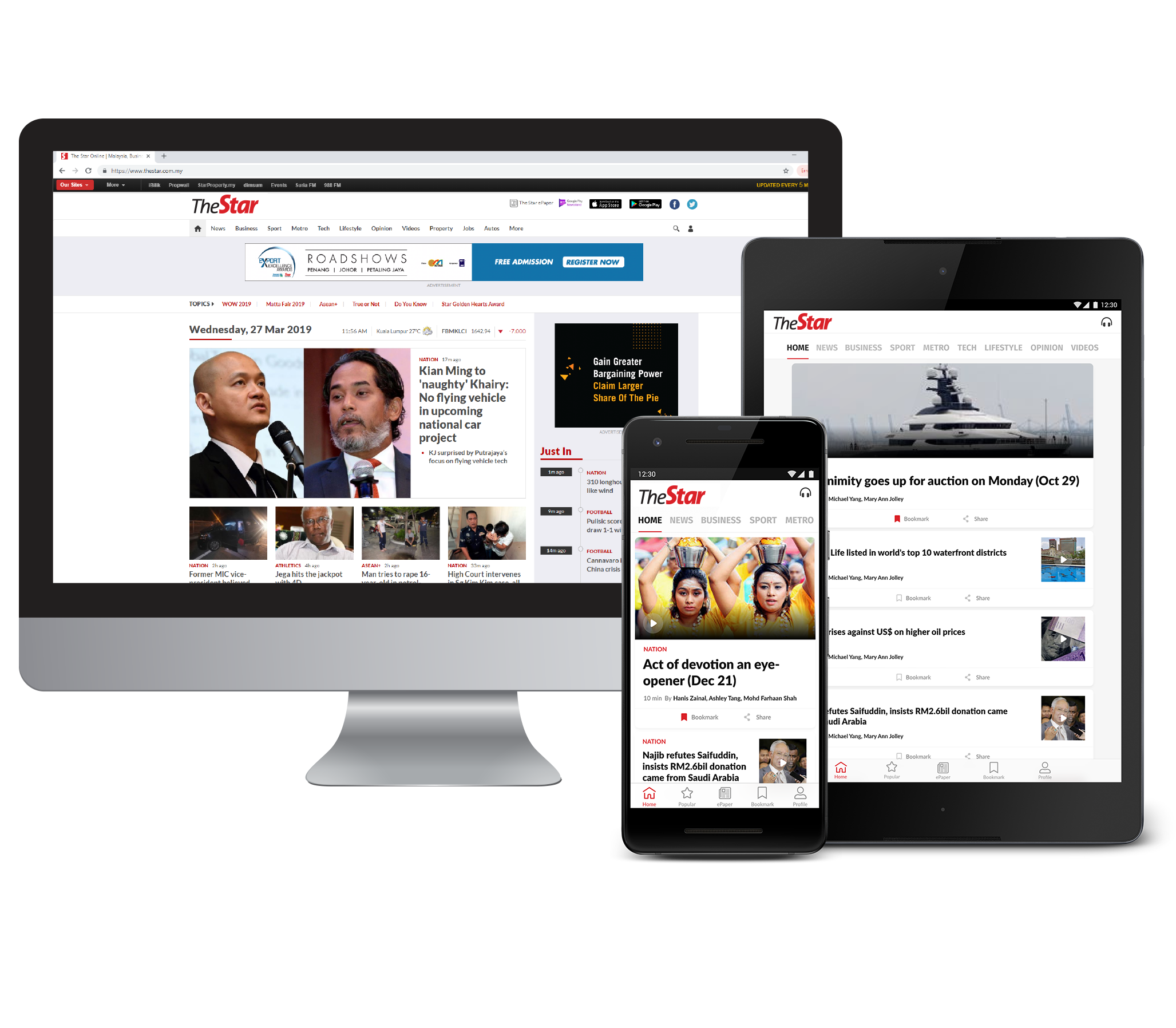Kenanga Research said it does not discount the possibility that execution of 5G policies or regulation may be accelerated with the formation of the new Digital Ministry.
PETALING JAYA: Now that Digital National Bhd (DNB) has achieved its target of 80% 5G coverage of the population, the time is ripe for a shift to a 5G dual network (DN).
The highly anticipated official 5G DN policy directive will encourage competition and allow for a duplicate network that is much needed for the country.
Uh-oh! Daily quota reached.

Follow us on our official WhatsApp channel for breaking news alerts and key updates!





